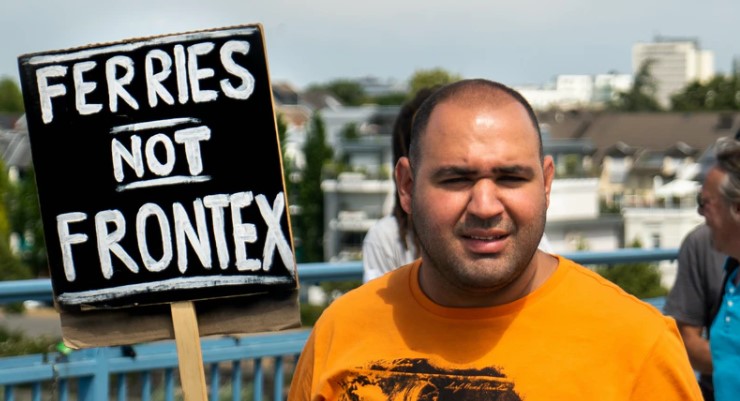EU Migration Pact: Breaking Eastern European resistance
Critics fear that this pact will not only accelerate immigration, but that the pact is intended to break the resistance of the Eastern European states to migration.
Published: September 23, 2020, 10:09 am
The question that arises regarding the so-called “roadmap” is whether the planned pact is a measure especially aimed at curbing illegal immigrants — or means to numerically expanded migration. Since there is still no published text yet that could be evaluated, this pivotal issue has remained unanswered.
In addition, the commission has shied away from open conflict with Eastern European states, which, unlike Germany, are fighting for a limitation to migration. But they are also fighting against the transfer of national governmental powers to international agencies.
Hungarian Prime Minister Viktor Orban said in an article published in the Monday issue of daily Magyar Nemzet that sovereign states were most jeopardised by “a global network advocating an open society, aimed at eliminating national structures. George Soros’s network… is aimed at building open societies of a mixed ethnicity through accelerating migration and dismantling national decision making competencies, and handing over those competencies to a global elite”. That global elite “would not allow policies conflicting with its own interests in central Europe,” he added.
The global elite will “apply the same strategy in Hungary in the 2022 election campaign as in this year’s presidential election in Poland” by using the youth Orban said. “They are forces of the past that destroyed the country once before,” he said. Once independent communities have now become a “leftist people’s party serving the Soros-network”, now preparing for a “decisive battle” in 2022, “backed by the international media, Brussels bureaucrats, and pseudo-civil NGOs”.
There is a risk that the new migration and asylum pact is going to be interpreted as a signal that Europe not only accepts, but wants more migration. Asylum centers at the EU’s external borders may contribute to this, especially if they are coupled with extensive legal protection for migrants.
Meanwhile, the role of private and tax-funded church “sea rescue”, which Germany promotes as a lever for more African immigration, has become crucial.
Resistance has been recorded in more and more countries, not only in Eastern Europe, but also in Scandinavia. How will they, together with Eastern European countries be integrated into a common European asylum system?
Basically, the EU-wide distribution of migrants has so far been lacking because the living conditions and socio-economic benefits for migrants are very different in individual countries — and migrants behave accordingly.
The issues of asylum and migration should be clearly separated. Many observers are concerned that continuous immigration will overwhelm European states. Globalists believe that mass immigration should be welcomed, because terrorism, crime or the emergence of parallel societies are only transient problems. They refuse to see that it will inevitably lead to chronic intercultural tension and violence and globalists simply have no idea or plan on how to deal with these issues – apart from justifying such behaviour.
The real issue is whether refugees and migrants can eventually be integrated into their host countries. It is not only about European standardization of a migrant redistribution system. Therefore, fears remains that the pact will only serve to promote immigration and remove resistance to it.
All rights reserved. You have permission to quote freely from the articles provided that the source (www.freewestmedia.com) is given. Photos may not be used without our consent.
Consider donating to support our work
Help us to produce more articles like this. FreeWestMedia is depending on donations from our readers to keep going. With your help, we expose the mainstream fake news agenda.
Keep your language polite. Readers from many different countries visit and contribute to Free West Media and we must therefore obey the rules in, for example, Germany. Illegal content will be deleted.
If you have been approved to post comments without preview from FWM, you are responsible for violations of any law. This means that FWM may be forced to cooperate with authorities in a possible crime investigation.
If your comments are subject to preview by FWM, please be patient. We continually review comments but depending on the time of day it can take up to several hours before your comment is reviewed.
We reserve the right to delete comments that are offensive, contain slander or foul language, or are irrelevant to the discussion.
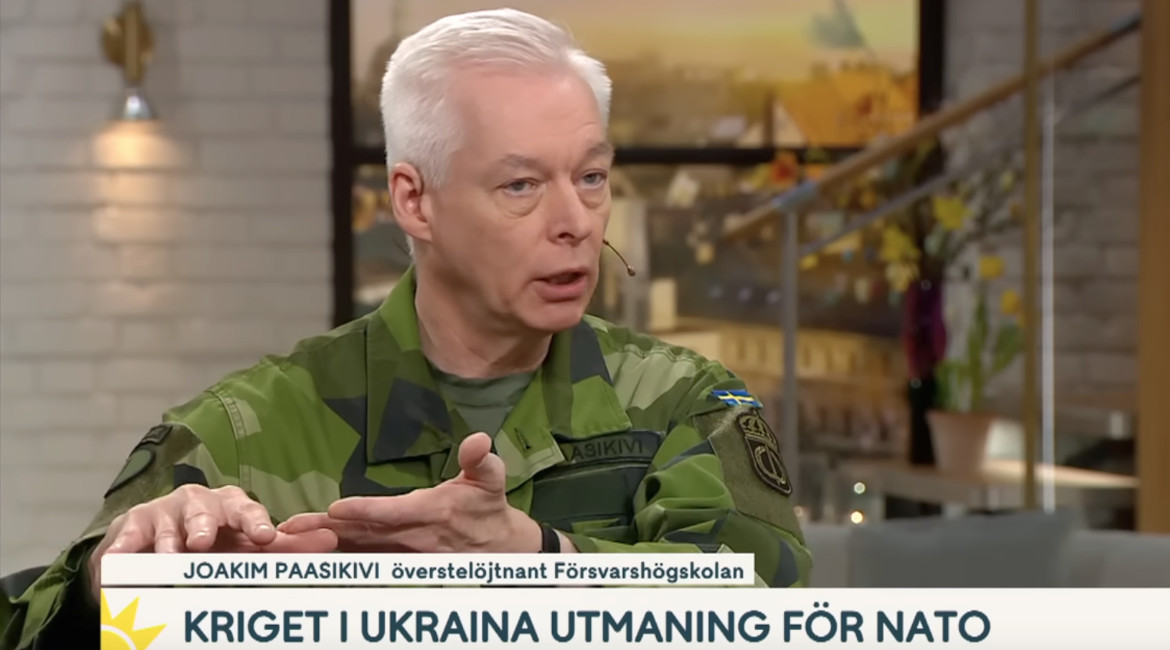
Swedish military wants to remilitarize the Åland Islands
The demilitarized autonomy has previously been known as 'the islands of peace.
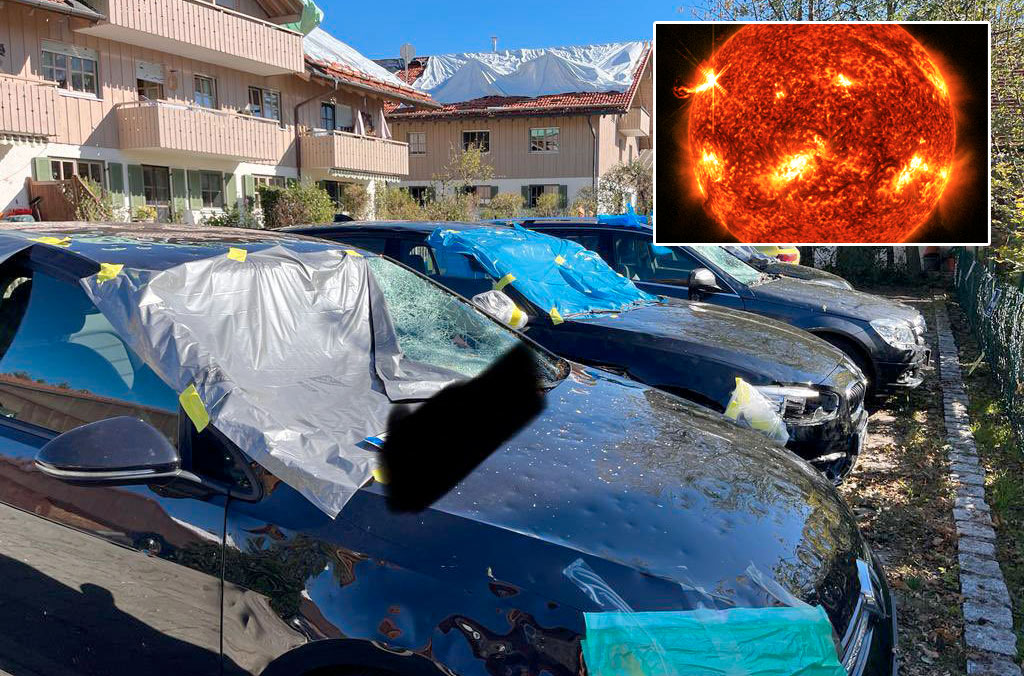
NOAA Predicts Zero Sunspots for Almost the Whole 2030s
CLIMATEThe United States' government scientific organization, the National Oceanic and Atmospheric Administration (NOAA), predicts zero sunspots from 2031 to 2040. This is an extreme situation that has not occurred in as long as humanity has been counting sunspots, and it leads us into uncharted territory in terms of our solar system. However, this prediction aligns with the warnings of the world-renowned solar researcher Valentina Zharkova for many years, who indicated in 2019 various signs of this catastrophic phenomenon, including the extreme hailstorms we have seen in Europe and the world this summer. The forecast and various observations this year give cause for very significant concern. In this unique analysis, Free West Media explains why.
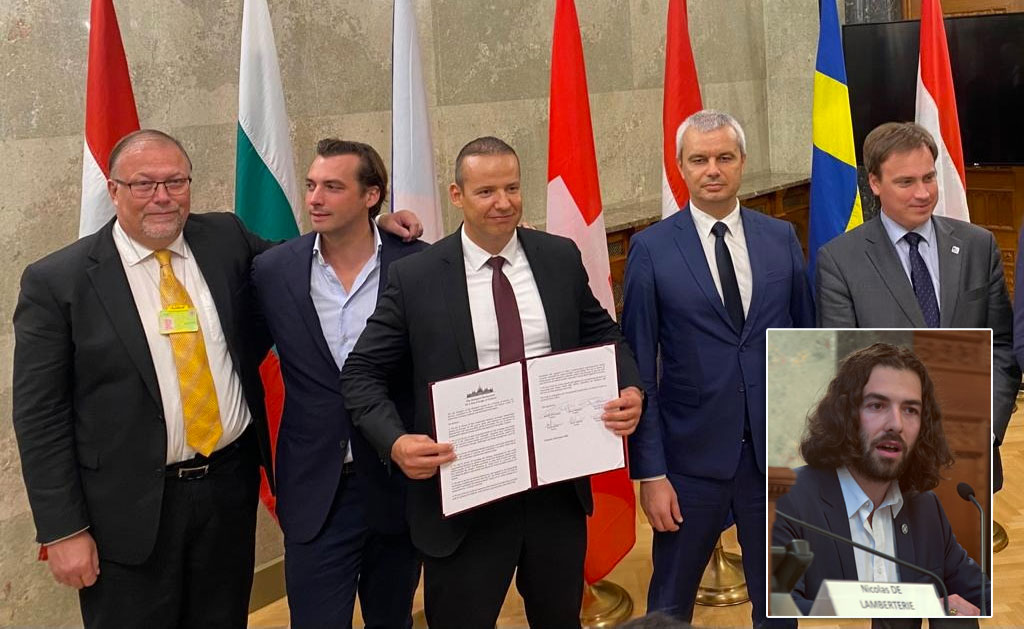
European Nationalist Parties Forge Cooperation Ahead of EU Elections
EUROPEAN ELECTIONSOn Saturday, August 26, representatives of six European nationalist parties gathered in Budapest. The meeting was initiated by the Hungarian party Mi Hazánk and took place in the national parliament. Representatives of the parties signed a joint declaration that not only reaffirms the parties' friendship but also their unity on a range of complex political issues. A surprisingly clear and radical manifesto was established. The hope is that this cooperation will lead to success in the EU elections and eventually result in the formation of a group in the European Parliament. For Swedish nationalism, this meeting marks a success as Sweden, for the first time, has a party represented in a leading nationalist cooperation in Europe. Free West Media was present at this historic event.
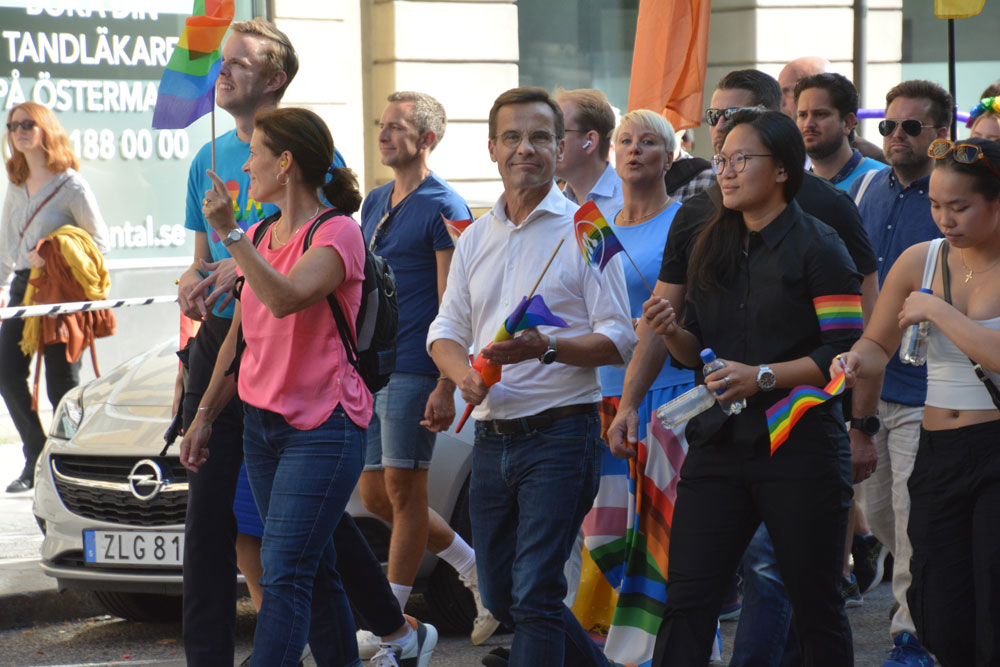
Turkey Believes Sweden Hasn’t Done Enough
Sweden will have to wait a bit longer for NATO membership, according to Turkey's Justice Minister Jilmaz Tunc. First, Sweden must extradite the "terrorists" Turkey wants and stop the desecration of the Quran.
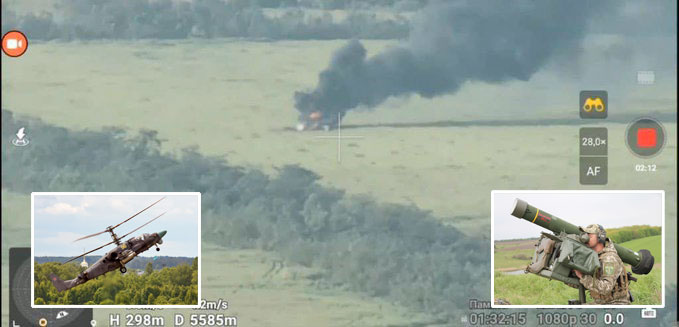
Swedish Weapon Takes Down Russia’s Best Attack Helicopter
The Russian attack helicopter Ka-52 is considered one of the world's best and has struck fear in Ukraine, where it has hunted down tanks and other armored vehicles, often beyond the range of many light anti-aircraft systems. However, it has met its match in the Swedish air defense missile system RBS 70, which has quickly led to significant losses for the Russian helicopter forces.
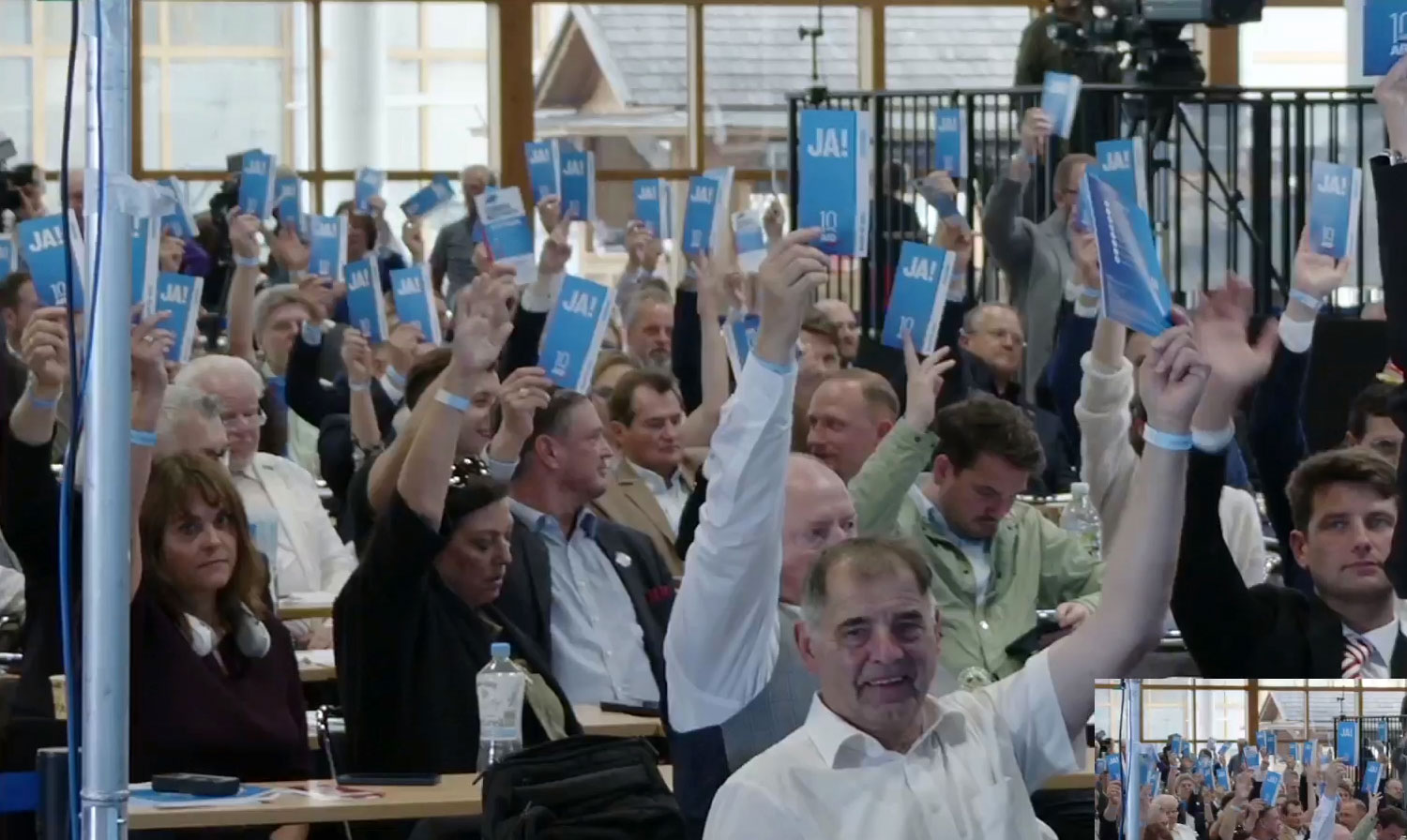
Strong Confidence in German AfD
Alternative for Germany (AfD) held a party conference on July 29-30 to select candidates for the upcoming EU election next year. EU Parliament member Maximilian Krah, belonging to the party's more radical, ethnonationalist faction, was appointed as the top candidate. The party's two spokespersons delivered powerful speeches criticizing the EU's failed migration policy and trade sanctions that isolate Europe and Germany from the rest of the world. They argued that it's time for the EU to return a significant portion of its power to national parliaments. However, they have dropped the demand for Germany to exit the EU.
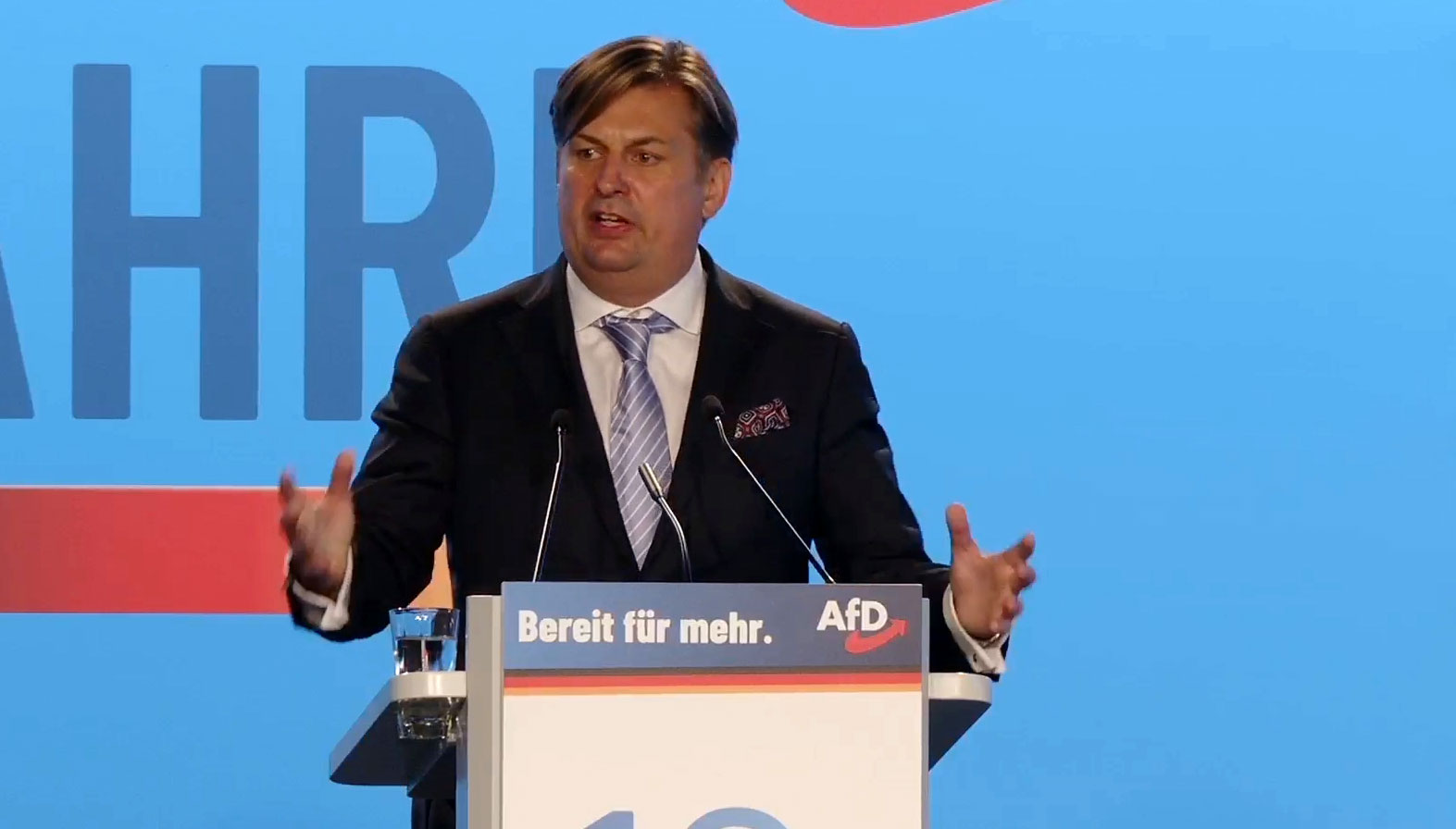
The Establishment Wants to Ban Germany’s Second Largest Party – for the Sake of Democracy
The rising popularity of AfD has raised strong concerns within the establishment. Despite lies and demonization in the media and isolation from the overall political establishment, the party continues to grow. Certain representatives of the party are accused of becoming increasingly "extreme," and in an unusual move, the influential weekly newspaper Der Spiegel demanded that AfD be "banned."
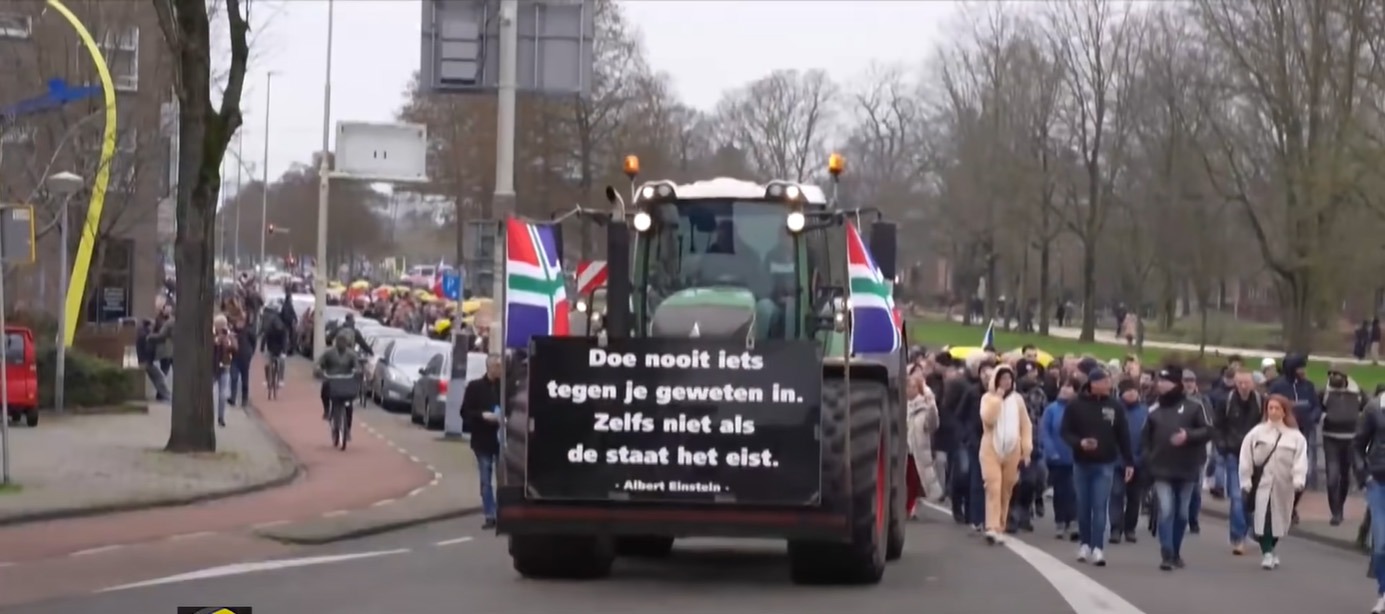
Dutch FvD break through the media blockade
What is happening in the Netherlands? It is often difficult to follow events in other countries, especially when distorted by system media. We give Forum for Democracy (FvD) the opportunity to speak out on the political situation in the Netherlands and the staunch resistance they face in trying to save the country.
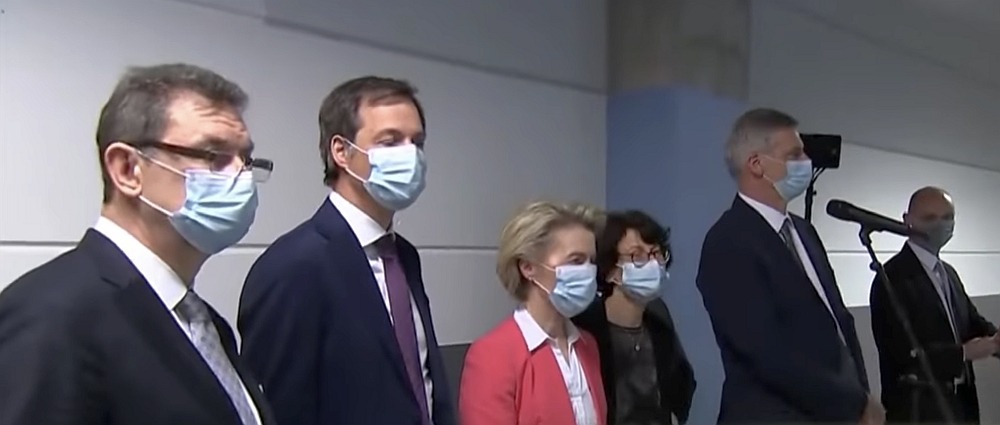
The Ursula von der Leyen Affair
After a criminal complaint in Belgium against the President of the European Commission, the so-called SMS-case, now takes a new turn. The judge responsible for the investigation will likely gain access to the secret messages exchanged between Ursula von der Leyen and Albert Bourla, CEO of Pfizer, at least if they haven't been deleted.
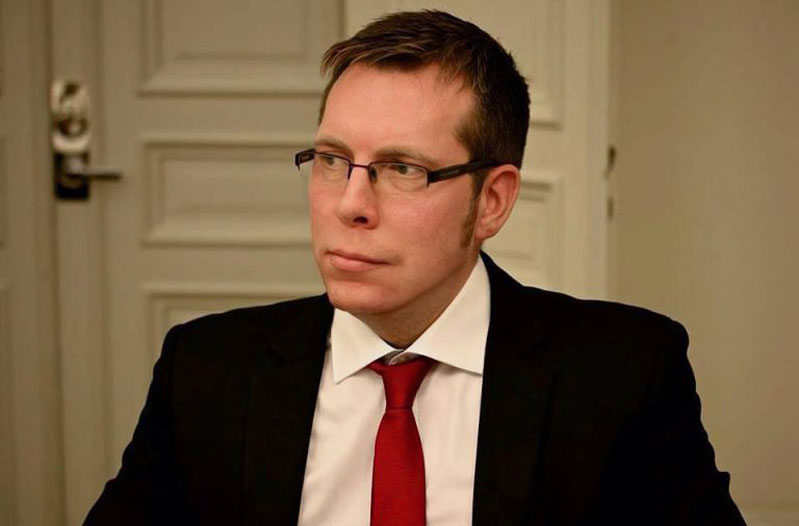
Publisher of Unique Literature Worldwide Blocked by International Distributor
Arktos has distinguished itself by publishing groundbreaking philosophers and social critics. Now, the publisher's international distributor has abruptly terminated the cooperation, and more than 400 already printed titles cannot reach their audience. There is strong evidence that the distributor has been under pressure, something that has also happened in Sweden. We have spoken with Arktos founder Daniel Friberg about the ongoing struggle for freedom of speech in a shrinking cultural corridor.
